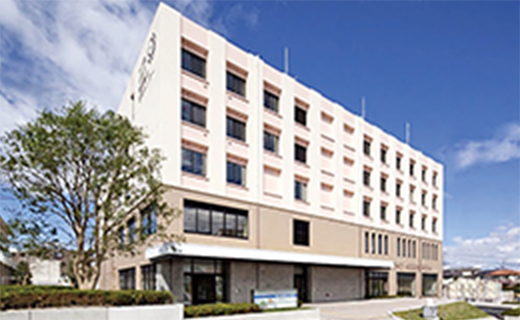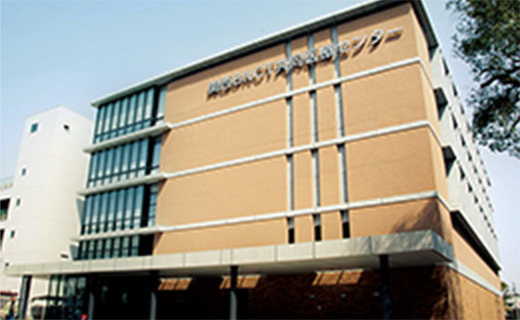PRODUCTS & SERVICES
Introduction to BNCT
BNCT aiming to treat refractory cancer
The treatment of cancers that are difficult to treat with conventional therapies, such as recurrent cancer, has become a challenge. For example, if a cancer recurs after radiotherapy, another radiotherapy treatment is difficult and treatment options are limited. BNCT has been studied since the 1950s with the aim of treating recurrent, invasive, and refractory cancers.
BNCT system using an accelerator
In the past, BNCT required a nuclear reactor as its neutron source, which made widespread use of BNCT impossible. Using the technology of medical accelerators, a BNCT system that can be installed in hospitals has been developed, and the BNCT system is now covered by insurance starting in 2020, which is a major step towards the widespread use of BNCT.
Principle of BNCT
- Boron agents for BNCT selectively accumulate in cancer cells.
- The boron captures neutrons and produces alpha and lithium particles in the cancer cells.
- The alpha and lithium particles destroy the cancer cells locally.
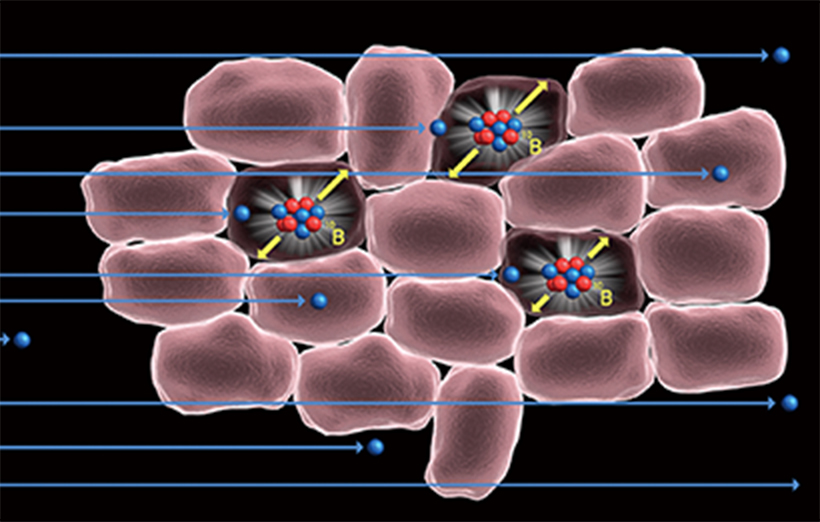
Since cancer cells are selectively destroyed, damage to normal cells can be reduced. |
It can be applied to areas that have already been treated with radiation. |
Since it only requires one or two sessions of radiation, treatment can be done in a short period of time. |
Workflow of BNCT
- A treatment plan is created with the BNCT treatment planning system.
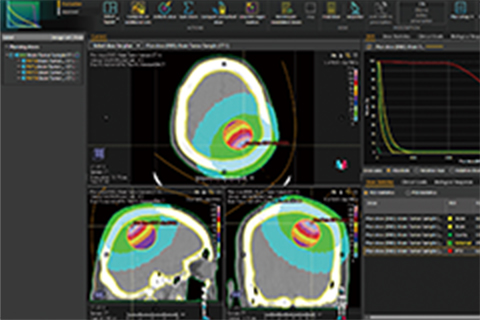
- The boron drug for BNCT is administered to the patient.

- The patient is fixed and positioned with the BNCT system.
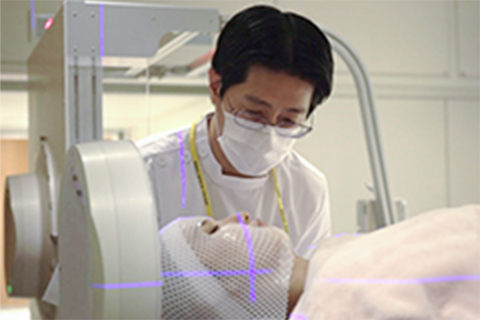
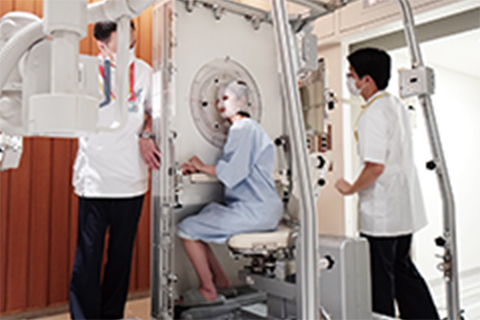
- The BNCT system irradiates the patient with neutrons.
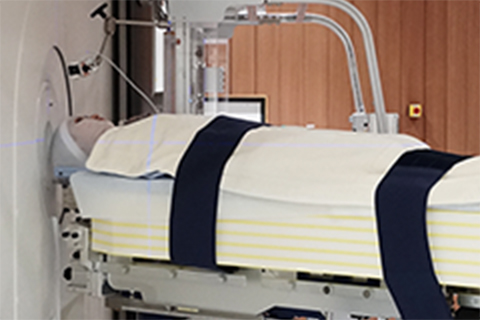
Workflow of BNCT (movie)
Hospitals where BNCT is available
